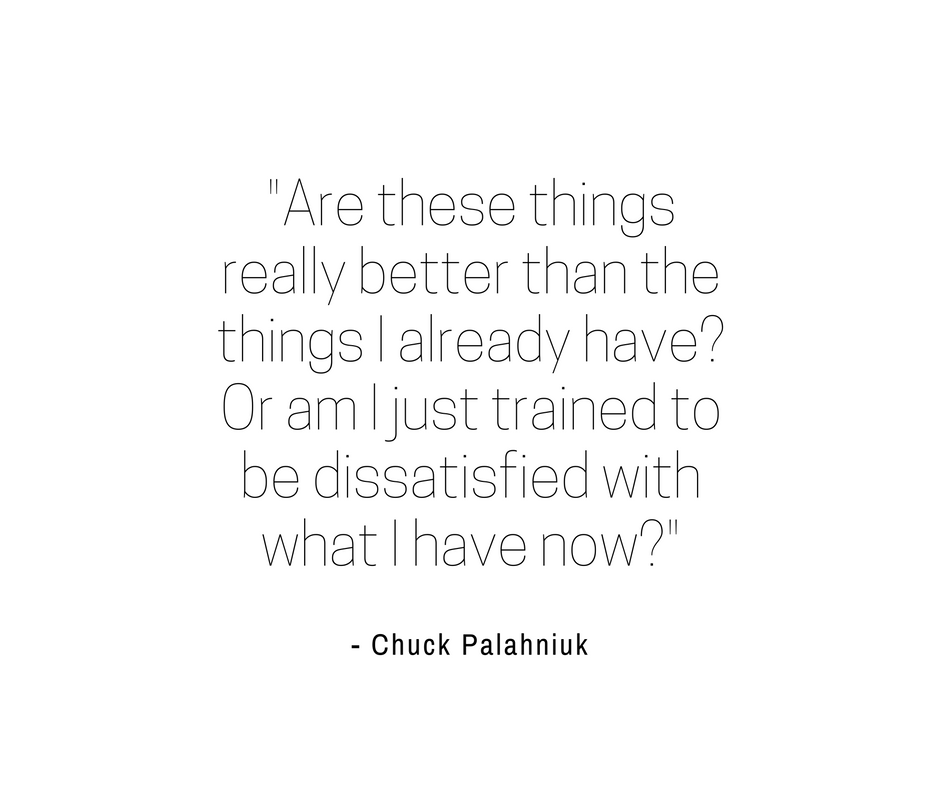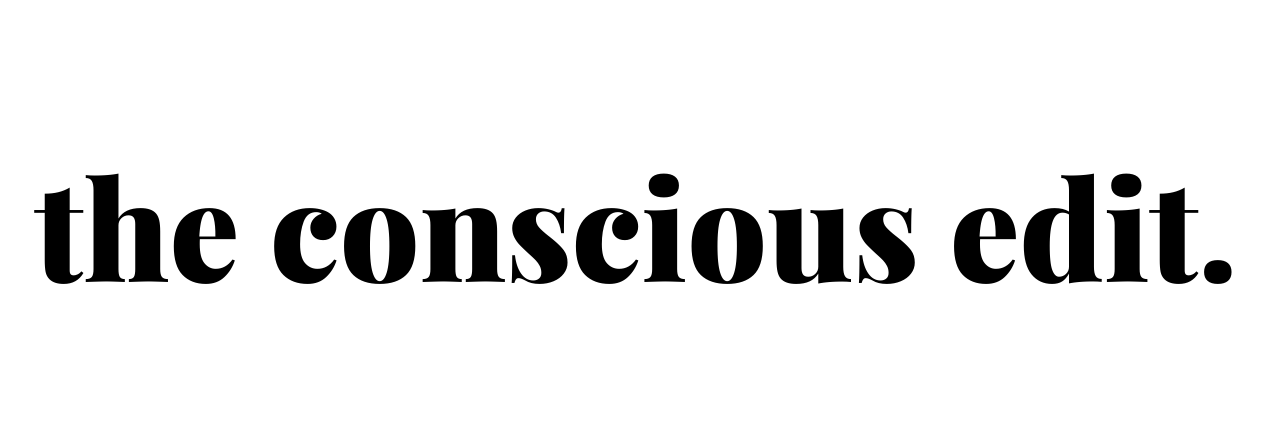
When considering conscious consumption one can easily be overwhelmed by the fact that consumption itself doesn’t always come across neither conscious nor sustainable. The lead up to Christmas makes this even more obvious and the fairly recent introduction of the Black Friday concept kicks this off with a loud and intense bang at the end of November. On the day after Thanksgiving, instead of being thankful for what we’ve got, we’re encouraged to go out and spend our cash and buy buy buy.
After a weekend of shopping we’re then hit by Cyber Monday where, if we haven’t quite spent enough cash, we should head online for further deals and further spending, and it’s hard to see this tradition as anything but a campaign encouraging mindless and excessive buying of things we don’t necessarily need. But as many of us struggle to afford buying new things unless they’re on sale, this could be a good chance to get your hands on those items you’ve had your eyes on. And with the holidays coming up, with some good forward-planning, it’s a great opportunity to buy gifts for friends and family with a reduced budget. There’s also a movement to turn Black Friday into Green Friday, encouraging consumers to look for greener options and in that way make more conscious decisions.
But, essentially, the whole weekend screams SHOPPING. And it’s not easy making conscious Black Friday consumption decisions since a lot of smaller ethical companies can’t compete with the prices, and instead, it’s the big (tax-avoiding) corporates that are able to push the Black Friday/Cyber Monday campaigns.
We’re seeing Black Friday fatigue though with big supermarkets like Asda cancelling campaigns and outdoor retailer REI closing their stores, encouraging customers to go and enjoy the outdoors instead. Patagonia this year announced that all of their Black Friday sales would be donated to organisations working to save our planet – it worked and they’ll be donating $10m following record-breaking sales.
For those that are completely fed up with the phenomenon, there’s the backlash campaign Buy Nothing Day that encourages us to ‘shop less and live more’. But if we feel compelled to grab some bargains, to survive the weekend in an at least semi-conscious fashion, we should start it off by taking stock to avoid making any unnecessary purchases. As suggested by Chuck Palahniuk in the above quote, we should ask ourselves if we definitely need this item, whether we can find a greener version, and if it’ll last.
We will, ultimately, land at Giving Tuesday, giving us an opportunity to reflect/take a stand/give back and I’ve enjoyed seeing, over the last couple of years, how this has developed into a great tradition of charities not just asking for money but for giving thanks and giving time. From the consumers’ perspective, it shouldn’t be used as an offset day to make up for all the bad consumption decisions we’ve made over the weekend but a chance to truly engage in the spirit of giving. There’s potential of making this 5-day consumption rollercoaster into a money-saving weekend of conscious giving and some of the initiatives mentioned here are leading the way. I still see Black Friday as the darkest side of consumption but with brighter and greener initiatives there’s hope and I’m already intrigued to see what the 2017 edition has in store!
